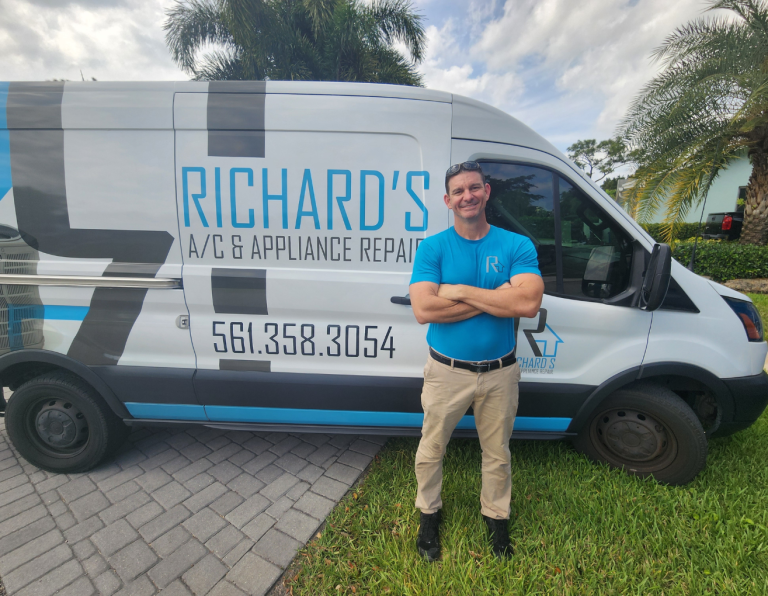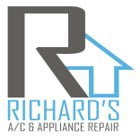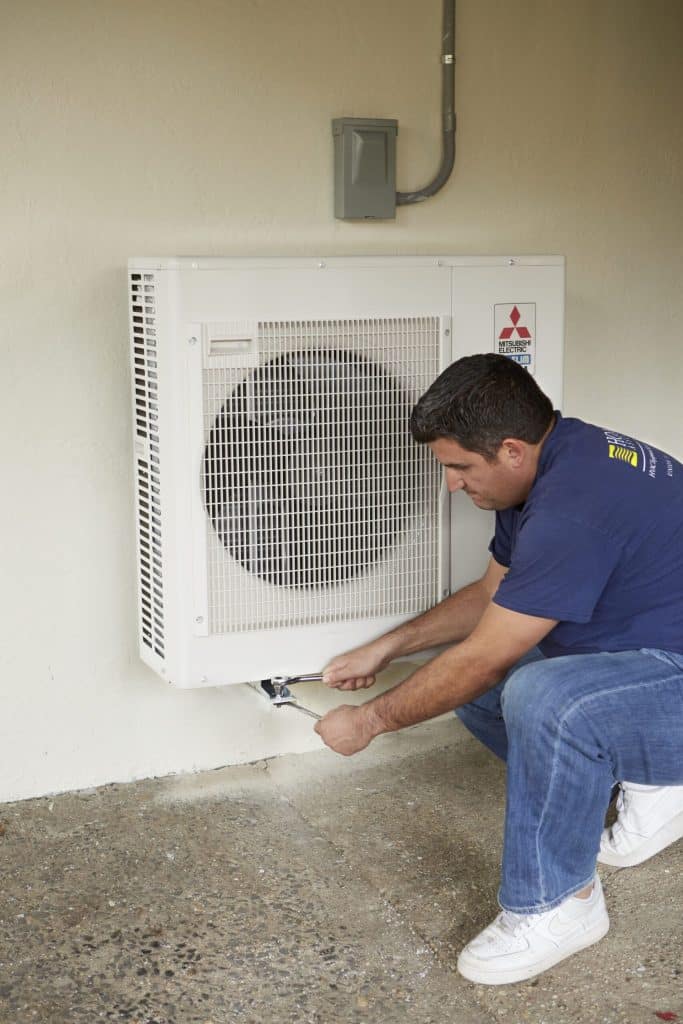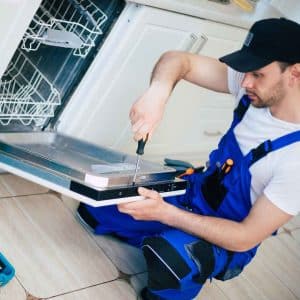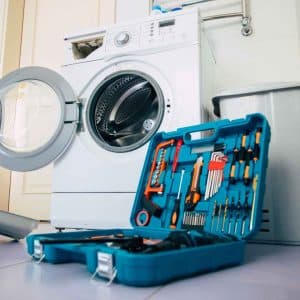Things you need to check in your HVAC after the Hurricane
Hurricanes can be a stressful experience, and the aftermath often involves assessing and addressing damage to your home. While you’re checking for structural damage and ensuring your family’s safety, don’t forget about your HVAC system.
Even if your unit appears unscathed, it’s crucial to inspect it carefully for potential issues that might have arisen during the storm. This checklist highlights five key areas to examine, helping you identify problems early on and prevent further damage or safety hazards.
Why Post-Hurricane HVAC Checks are Essential
Hurricanes bring a combination of high winds, heavy rain, flying debris, and potential flooding, all of which can affect your HVAC system. Post-storm checks are crucial for:
- Safety: Identifying potential electrical hazards, gas leaks, or structural damage to the unit.
- Preventing Further Damage: Catching minor issues early can prevent them from escalating into major problems.
- Ensuring Proper Function: Verifying that your system is operating efficiently and effectively after the storm.
- Maintaining Indoor Air Quality: Checking for water damage or debris that could compromise indoor air quality.
- Peace of Mind: Knowing that your HVAC system is safe and functional can provide valuable peace of mind during a stressful time.
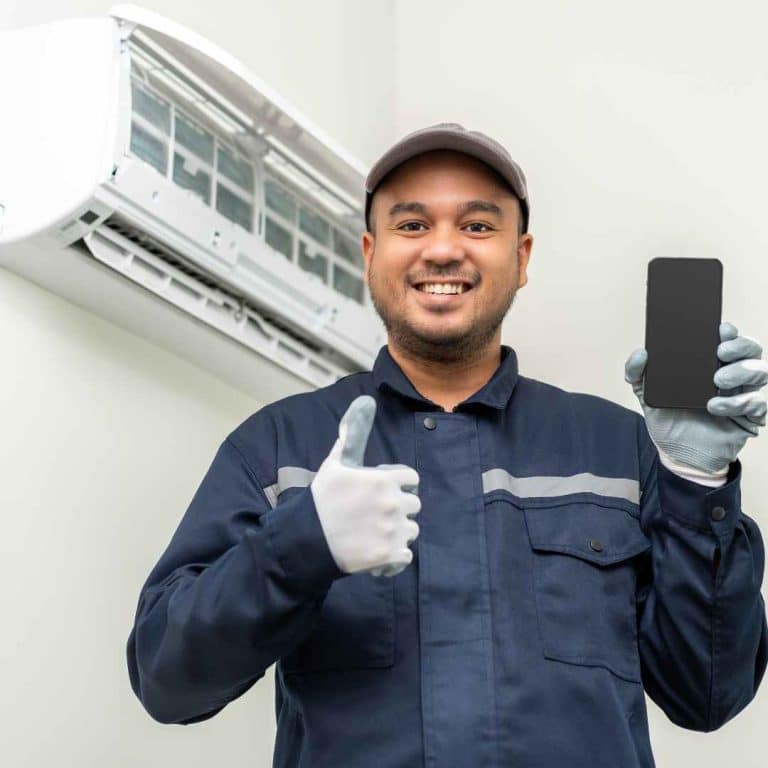
5 Essential Post-Hurricane HVAC Checks
- Visual Inspection:
- Outdoor Unit: Carefully examine the outdoor unit for any signs of damage, such as dents, scratches, or missing parts. Look for debris that may have become lodged in the unit, obstructing airflow.
- Indoor Unit: Check the indoor unit for water damage, leaks, or signs of moisture. Inspect the air filter for any debris or water damage.
- Electrical Connections:
- Power Supply: If the power was out during the storm, check the electrical connections to your HVAC system to ensure they are secure and undamaged. Look for any frayed wires or loose connections.
- Surge Protector: If you have a surge protector for your HVAC system, check to see if it tripped during the storm. Reset it if necessary.
- Refrigerant Lines:
- Leaks: Inspect the refrigerant lines for any signs of damage or leaks. Look for kinks, dents, or any oily residue that could indicate a refrigerant leak.
- Thermostat and Controls:
- Functionality: Test your thermostat to make sure it’s functioning correctly and communicating with your HVAC system. Check the settings and ensure they are correct.
- Batteries: If your thermostat uses batteries, check and replace them if necessary.
- Ductwork:
- Leaks and Blockages: Inspect your ductwork for any signs of damage, leaks, or blockages. Look for any sections that may have become detached or damaged during the storm.
Richard’s AC: Your Hurricane Preparedness Partner
Richard’s AC & Appliance Repair is committed to helping Lake Worth residents protect their HVAC systems during hurricane season. We offer:
- Hurricane Straps and Stands: We can provide and install hurricane straps and stands to secure your outdoor unit.
- Pre-Season Inspections: Schedule a pre-season inspection to ensure your system is in top condition before a storm hits.
- Post-Storm Repairs: We offer prompt and reliable repair services after a hurricane to get your AC up and running quickly.
Don’t wait until a hurricane is on your doorstep! Take proactive steps to protect your HVAC investment and ensure your comfort during and after the storm.
